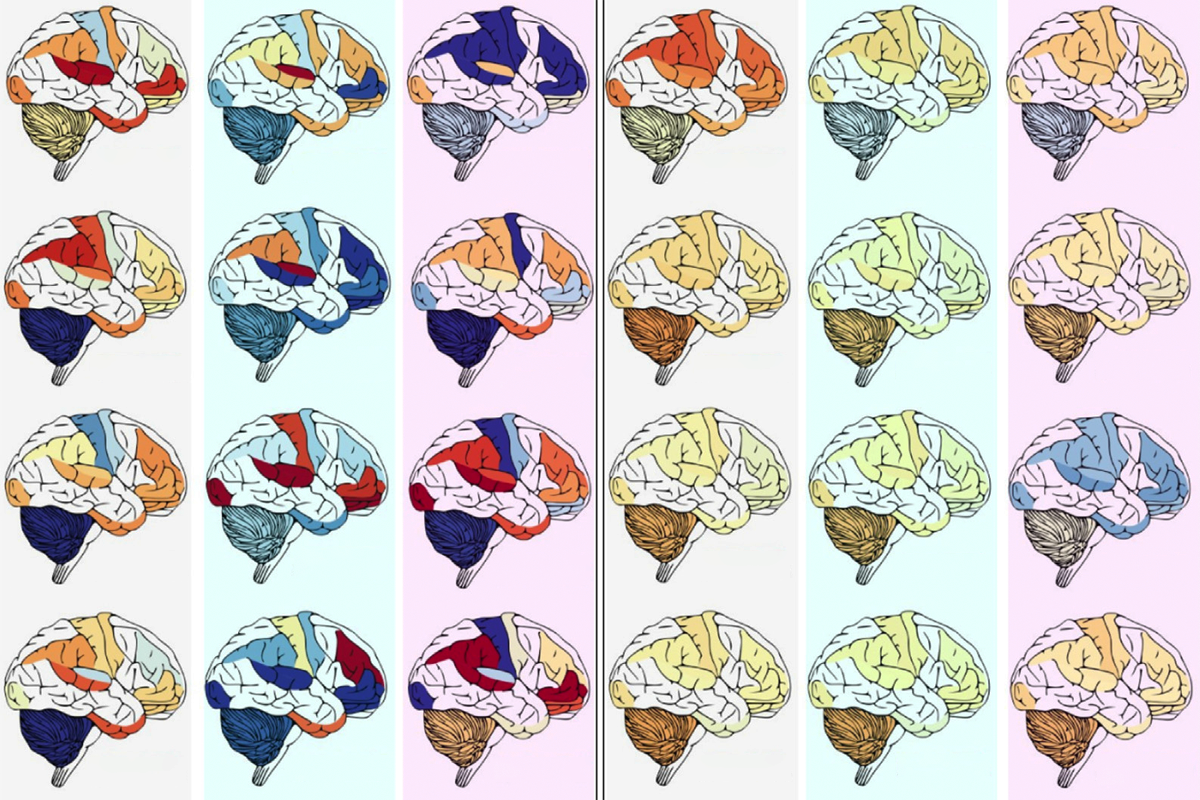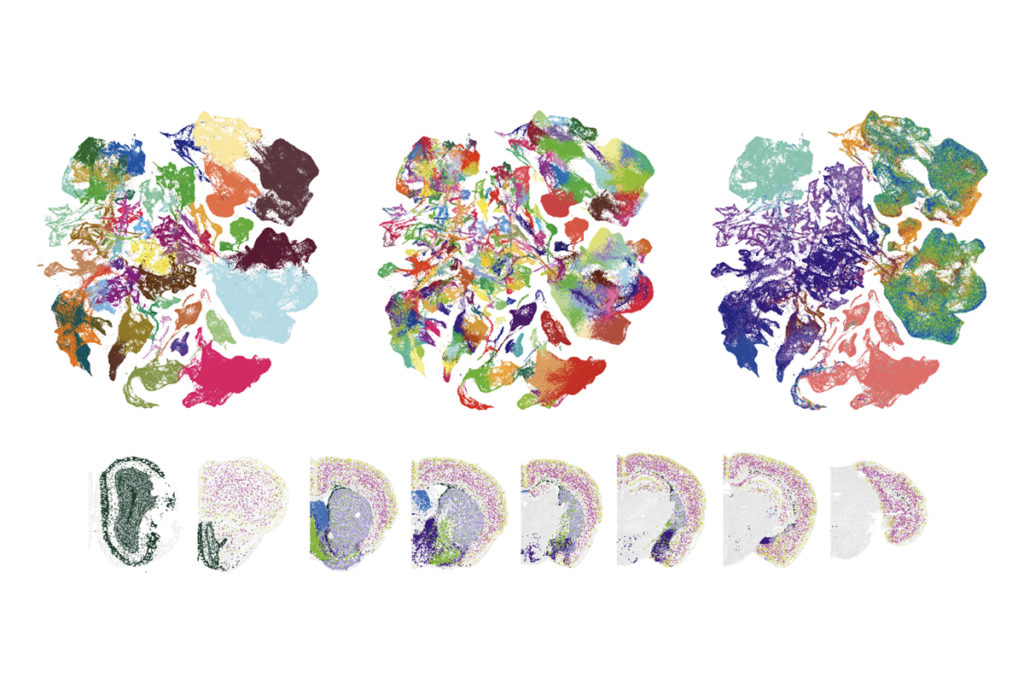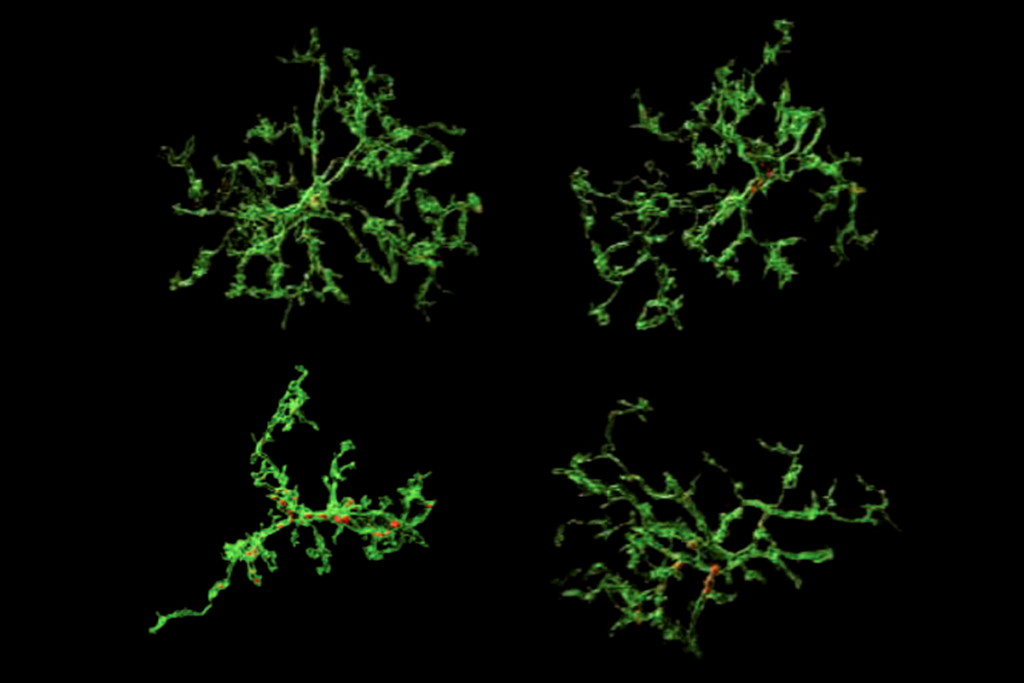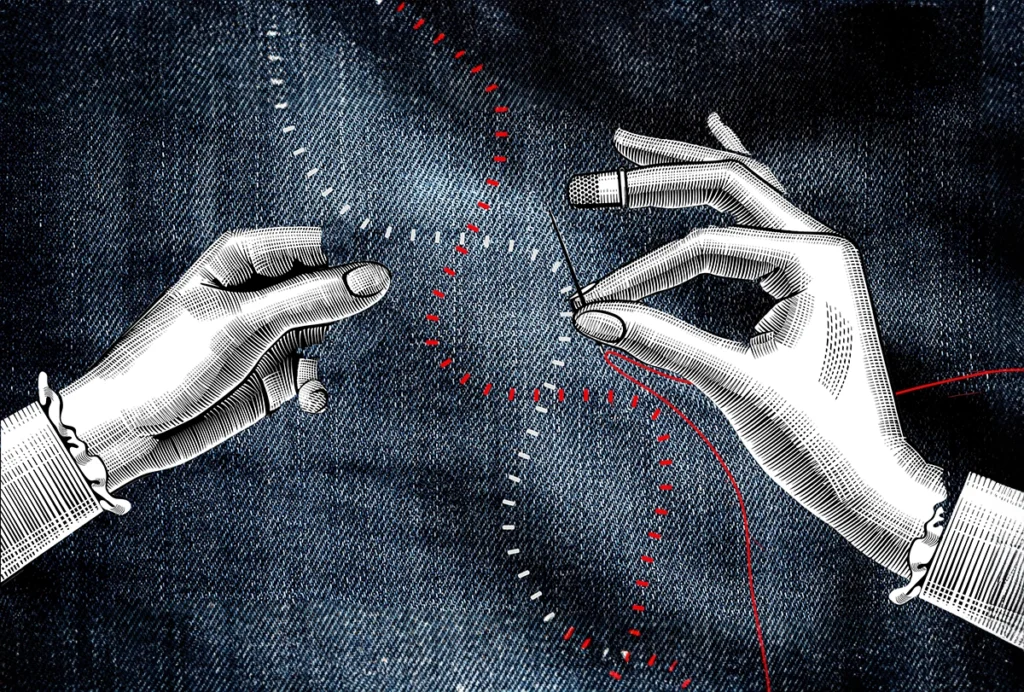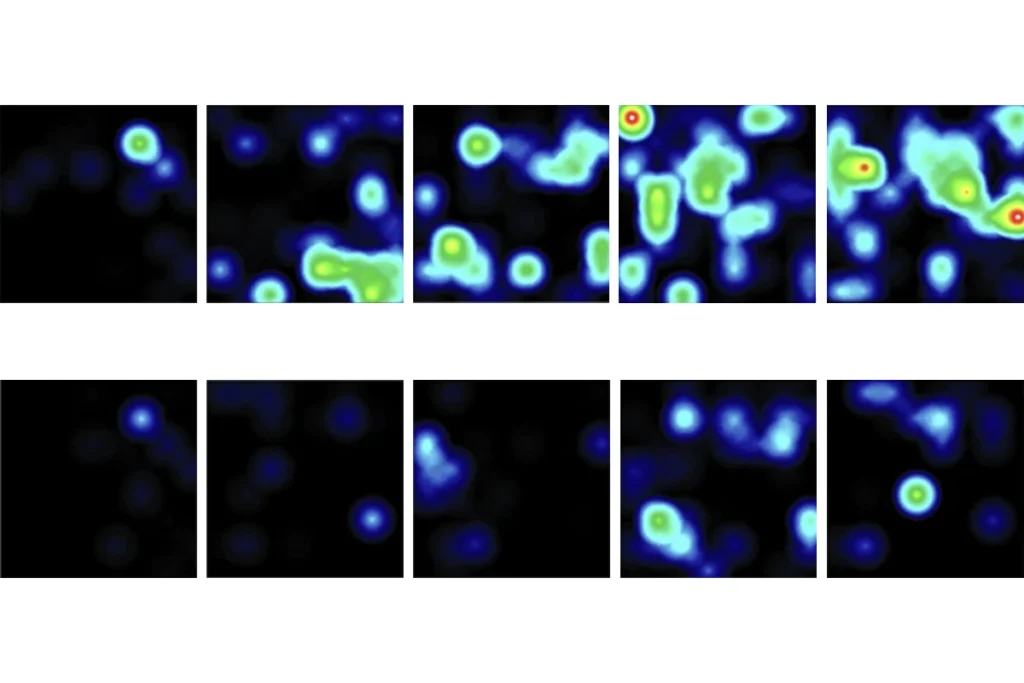Previously unrecognized genetic changes on the X chromosome of autistic people could explain the higher prevalence of the condition among men and boys than among women and girls, according to two new studies. About 60 variants are more common in people with autism than in those without the condition, an analysis of roughly 15,000 X chromosomes revealed.
Several of the variants are in Xp22.11, a region of the X chromosome linked to autism in boys and men. In the second study, the team pinpointed 27 autism-linked variants in DDX53, one of the genes in the vulnerable region that had not been tied to the condition in past research.
Those findings could help explain why autism is diagnosed three to four times more often in boys than girls, according to the study investigators, led by Stephen Scherer, chief of research at SickKids Research Institute.
Although that disparity is likely influenced by social factors—male-only studies could lead to autism being less recognizable in women and girls, and girls may be conditioned to mask their autism traits—there is also a clear biological component. The X chromosome plays an outsized role in brain development, and many genes on the chromosome are strongly linked to autism, previous studies have found.
Still, the sex chromosomes have been mostly ignored in genetic searches of autism variants, says Aaron Besterman, associate clinical professor of psychiatry at the University of California, San Diego, who was not involved in the work. “It’s been a dirty little secret that for a long time the X chromosome has not been well interrogated from a genetics perspective,” he says.
S
ex chromosomes are often sidelined because of difficulties interpreting data, given that men possess half the number of X-linked genes as women. What’s more, random inactivation of X chromosomes makes it hard to tell how a single variant is expressed in female tissues. And the existence of pseudoautosomal regions—stretches of DNA that behave like regular chromosomes and escape inactivation—complicates matters further.These challenges have proved hard to overcome: More than 75 percent of genome-wide association studies (GWAS) exclude X and Y chromosomes.
But the development of analytical tools that account for these factors has enabled the search for X-linked variants in people with conditions that are more common in men than in women, such as Parkinson’s disease. Similar software scoured the X chromosomes of 6,873 autistic people and 8,981 people without the condition in the new study.
Searches for both common and rare variants detected 59 changes in 14 genes, including some genes that had been previously tied to autism, such as DMD, HDAC8 and PTCHD1-AS. The analysis also turned up new candidate genes, such as ASB9 and ASB11, both of which encode proteins that target other molecules for degradation.
That panel of genes could focus research efforts to understand autism’s sex differences, Scherer says. One interesting candidate, he adds, is HDAC8, a protein that modifies gene expression in response to stress, such as maternal diabetes or premature birth. “If you are a male carrier of one of these alleles and you don’t have a back-up, this could predispose you to have a negative effect to some environmental factor,” Scherer says.
In a separate study, Scherer and his colleagues took a closer look at DDX53, a short gene positioned in an intron of PTCHD1-AS. Both genes turned up in the first study, but unlike PTCHD1-AS, DDX53 isn’t found in mouse genomes.
Its absence from mouse models—and low expression in other animals, including people—may be the reason DDX53’s ties to autism went unnoticed for so long, Scherer says.
U
sing a mixture of sequencing methods, including exome and whole-genome sequencing, the team identified eight rare DDX53 variants in 10 people with autism. They then scoured genetic data from three genetic repositories, the Simons Simplex Collection (SSC), SPARK and MSSNG. (The SSC and SPARK are funded by the Simons Foundation, The Transmitter’s parent organization.)This search yielded a further 19 DDX53 variants in 26 autistic people, bringing the tally to 36 people, including 31 men and boys. Both studies were published in the American Journal of Human Genetics in December.
The findings bolster the “female protective effect” as a leading theory, Besterman says. The hypothesis—that more variants are needed to produce autism in girls than in boys—is consistent with X-linked autism variants. Because girls possess two copies of the X chromosome, they need twice as many genetic “hits” as their male counterparts.
But on its own, X chromosomal variation may account for a fraction of autism’s gender imbalance, says Matthew Oetjens, assistant professor of human genetics at Geisinger Medical Center, who wasn’t involved in the work. Just 6 percent of people with neurodevelopmental conditions, including autism, showed X chromosomal variation associated with the condition, a previous analysis found.
When so much variation linked to autism is on the autosomes, it’s difficult to explain the sex ratio with a single chromosome, agrees Natasha Marrus, associate professor of psychiatry at Washington University School of Medicine in St. Louis, who was not involved in either study.
And the study’s findings might not apply to everyone, Besterman says, because the initial analysis included only genomes that were more than 75 percent similar to European reference genotypes. “We already know some risk variants in people with European ancestry are not necessarily seen at the same frequency in other populations, and vice versa. We miss a lot of biology when we only look at a single demographic,” Besterman says.
Indeed, Scherer and his colleagues plan to repeat their analysis as more diverse datasets become available, they say. But for now, his team is working to develop “humanized” mice that express DDX53, which could help untangle how the variants contribute to autism, he adds.
“You could argue that every mouse model that’s been made in autism may not be the best model given that one of the key autism genes isn’t expressed,” Scherer says. “I think [the DDX53-expressing mice] could be very, very powerful.”
